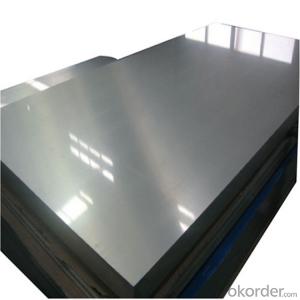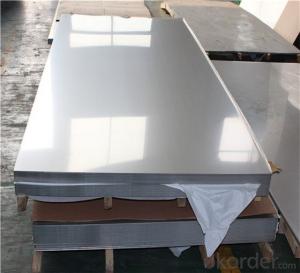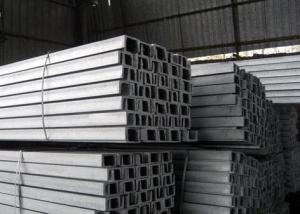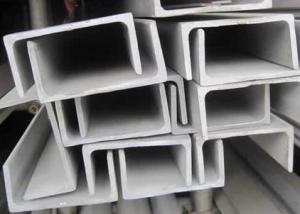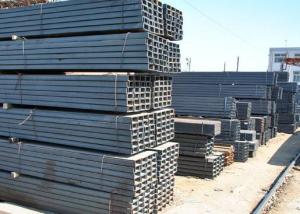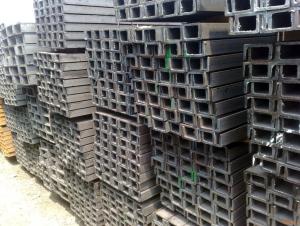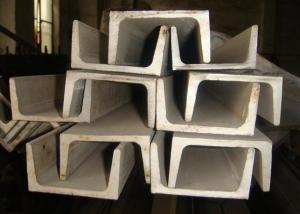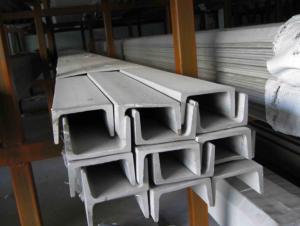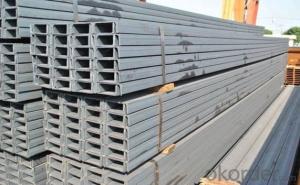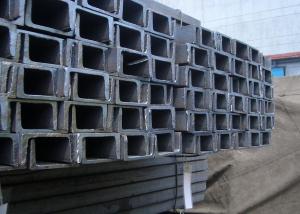Sus304 Stainless Steel Faucet
Sus304 Stainless Steel Faucet Related Searches
Best Paint For Stainless Steel Blanket Insulation For Steel Buildings Primer For Galvanized Steel Foam Filter For Stainless Steel H S Code For Stainless Steel Surface Grinding Wheels For Stainless Steel Surface Grinding Wheels For Hardened Steel Hole Saw For Stainless Steel Paint For Stainless Steel Stainless Steel For BbqHot Searches
Steel Mesh Panels For Sale Price For Stainless Steel Scrap Scrap Price For Stainless Steel Price For Stainless Steel Stainless Steel Tank For Sale Stainless Steel Sheets For Sale Cheap High Tea Sets For Sale Stainless Steel Tanks For Sale Stainless Steel For Sale High Density Fiberboard For Sale Solar Hot Water Collectors For Sale Scaffolding For Sale In Uae Scaffolding For Sale In Ireland Scaffolding For Sale In Houston Type Of Inverter For Solar Price Of Shipping Containers For Sale Types Of Inverter For Solar Stock Price For Aluminum Used Solar Inverter For Sale Steel Mesh Panels For SaleSus304 Stainless Steel Faucet Supplier & Manufacturer from China
Okorder.com is a professional Sus304 Stainless Steel Faucet supplier & manufacturer, offers integrated one-stop services including real-time quoting and online cargo tracking. We are funded by CNBM Group, a Fortune 500 enterprise and the largest Sus304 Stainless Steel Faucet firm in China.Hot Products
FAQ
- Yes, stainless steel channels can be used in the construction of bridges or infrastructure. Stainless steel is a highly durable and corrosion-resistant material, making it suitable for applications in harsh environments. The high strength-to-weight ratio of stainless steel channels allows for efficient load-bearing capacity, making them ideal for structural elements in bridge construction. Additionally, stainless steel's aesthetic appeal and low maintenance requirements make it a popular choice for architectural features in infrastructure projects. Overall, the use of stainless steel channels in bridge and infrastructure construction can provide long-lasting, reliable, and visually appealing structures.
- Stainless steel channels are a type of structural shape made from stainless steel, a corrosion-resistant alloy. They are commonly used in construction, manufacturing, and industrial applications for their strength, durability, and resistance to rust and corrosion. Stainless steel channels are typically shaped like a "C" or a "U" and have a unique cross-sectional profile. They have two flanges, or flat surfaces, connected by a web, which provides structural support. The flanges are perpendicular to the web and help distribute the load evenly, making stainless steel channels ideal for supporting heavy loads or acting as a frame for various structures. These channels are available in various sizes and dimensions to suit specific construction or design requirements. They are often used in building frames, bridges, machinery, and equipment supports. Stainless steel channels can also be used in architectural applications, such as handrails, trim, or decorative elements, due to their aesthetic appeal and resistance to staining or discoloration. Overall, stainless steel channels offer numerous advantages, including high strength-to-weight ratio, low maintenance requirements, and excellent resistance to extreme temperatures, chemicals, and impacts. Their versatility and reliability make them a popular choice in various industries where strength, durability, and corrosion resistance are critical.
- Yes, there are some limitations and considerations when using stainless steel channels. Firstly, stainless steel channels may be more expensive compared to other materials. Additionally, they have a higher thermal expansion coefficient, which means they can expand and contract significantly with temperature changes. This can lead to structural issues if not properly accounted for in the design. Moreover, stainless steel channels may require additional surface treatments or coatings to prevent corrosion in certain environments. Lastly, stainless steel is a relatively heavy material, so it may not be suitable for applications where weight is a crucial factor. Overall, while stainless steel channels offer numerous benefits, it is important to consider these limitations and take appropriate measures to ensure their successful use.
- Stainless steel channels perform exceptionally well in high humidity environments due to their corrosion-resistant properties. The stainless steel alloy used in their construction prevents rust and degradation, making them highly durable and reliable even in humid conditions. This makes stainless steel channels an ideal choice for applications where moisture levels are high, ensuring long-lasting performance and minimal maintenance.
- Stainless steel channels are resistant to various types of corrosion, including general corrosion, pitting corrosion, crevice corrosion, and stress corrosion cracking.
- Yes, stainless steel channels can be used in the construction of storage tanks. Stainless steel is known for its high strength, durability, and corrosion resistance, making it an ideal material for storage tank construction. Stainless steel channels can be used to provide structural support, reinforce the tank walls, and ensure the overall stability and integrity of the tank.
- The weight restrictions for stainless steel channels are contingent upon several factors, including the channel's size, shape, and the specific grade of stainless steel employed. In general, stainless steel channels possess robustness and are capable of bearing substantial loads, rendering them suitable for a variety of structural applications. Weight restrictions can differ significantly based on the channel's dimensions. For example, smaller stainless steel channels with narrower dimensions will have lower weight restrictions compared to larger channels with wider dimensions. Furthermore, the weight capacity of the channel is also influenced by the thickness of the stainless steel material employed in its fabrication. In addition, the choice of stainless steel grade plays a pivotal role in determining the weight restrictions of the channel. Stainless steel is available in various grades, such as 304, 316, and 316L, each possessing distinct mechanical properties. Generally, higher-grade stainless steel channels exhibit higher weight limitations due to their heightened strength and resistance to corrosion. To ascertain the weight restrictions for a specific stainless steel channel, it is advisable to refer to the manufacturer's specifications or perform engineering calculations. These resources furnish comprehensive information regarding the maximum weight and load capacity that the channel can safely sustain, guaranteeing its usage falls within its intended design limits.
- There are several fire protection measures that can be implemented for stainless steel channels to enhance their fire resistance and ensure the safety of the surrounding environment. 1. Fireproof coatings: Applying fire-resistant coatings to the surface of stainless steel channels can provide an additional layer of protection against fire. These coatings are designed to delay the spread of flames and reduce the risk of structural failure. 2. Fire barriers: Installing fire barriers around stainless steel channels can help contain and control the spread of fire. These barriers can be made of fire-resistant materials such as gypsum board or concrete, and they act as a physical barrier to prevent the fire from spreading to other areas. 3. Fire sprinkler systems: Installing automatic fire sprinkler systems in the vicinity of stainless steel channels can effectively suppress fires and prevent them from spreading. These sprinklers are activated when they detect heat or smoke, releasing water or other fire suppressants to extinguish the fire. 4. Fire-resistant insulation: Insulating stainless steel channels with fire-resistant materials can help in reducing heat transfer and preventing the spread of fire. These insulating materials are designed to withstand high temperatures and minimize the risk of structural damage. 5. Fire alarms and detection systems: Implementing fire alarm and detection systems in the area where stainless steel channels are located is crucial. These systems can detect the presence of smoke or elevated temperatures and alert occupants or emergency responders to the fire, allowing for prompt action. 6. Proper ventilation: Ensuring adequate ventilation around stainless steel channels can help remove smoke and heat in the event of a fire. Properly designed ventilation systems can prevent the accumulation of toxic gases and maintain a safe environment for evacuation and firefighting activities. 7. Regular maintenance and inspections: Regularly inspecting and maintaining stainless steel channels is essential to identify any potential fire hazards or damage. This includes checking for signs of corrosion, ensuring proper clearance around the channels, and promptly addressing any issues that may compromise their fire resistance. It is important to note that the specific fire protection measures for stainless steel channels may vary depending on the building codes, regulations, and fire safety standards applicable in a particular region. Consulting with fire protection experts or professionals can provide valuable guidance and assistance in determining the most suitable fire protection measures for stainless steel channels in a specific setting.

















